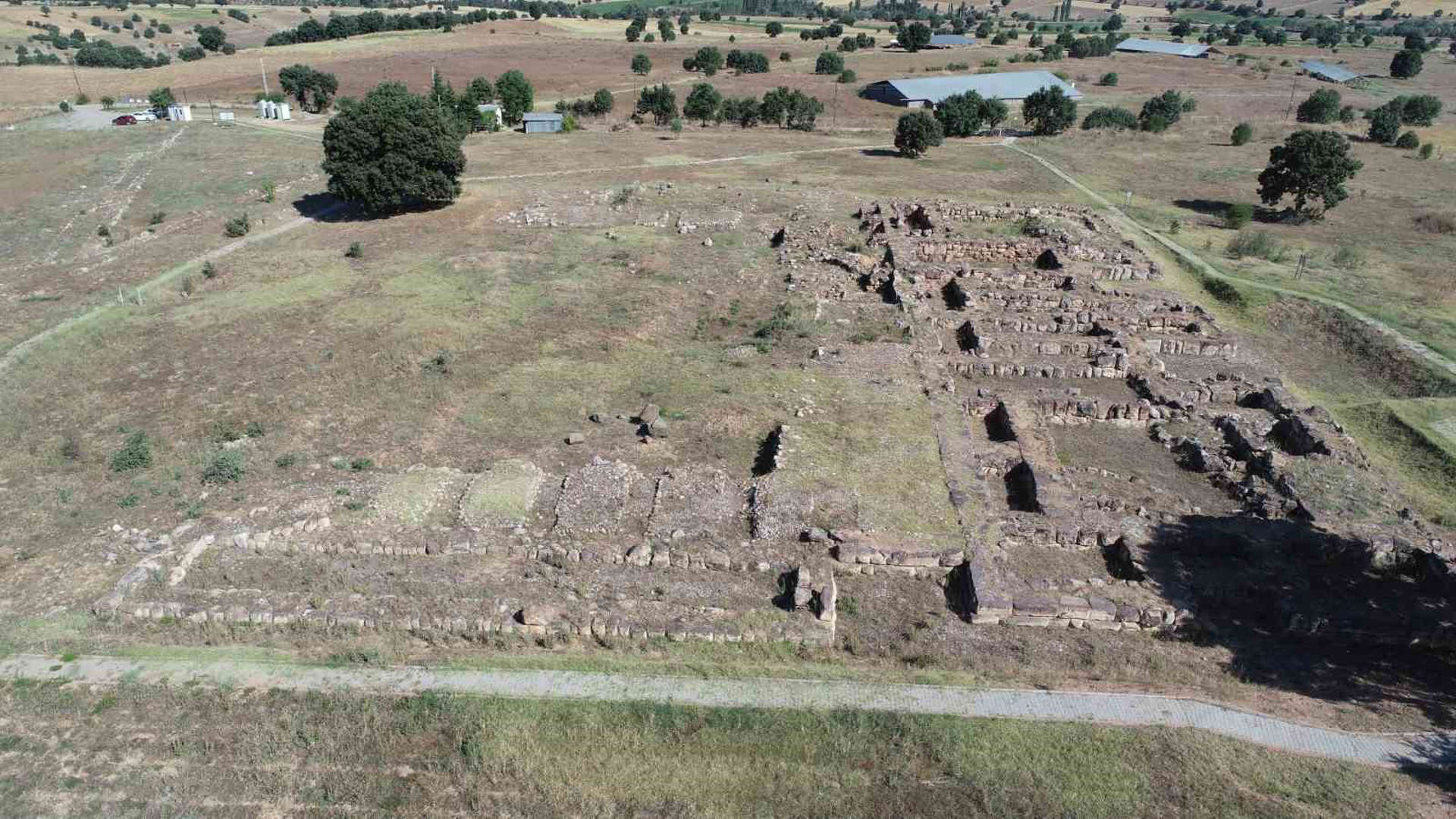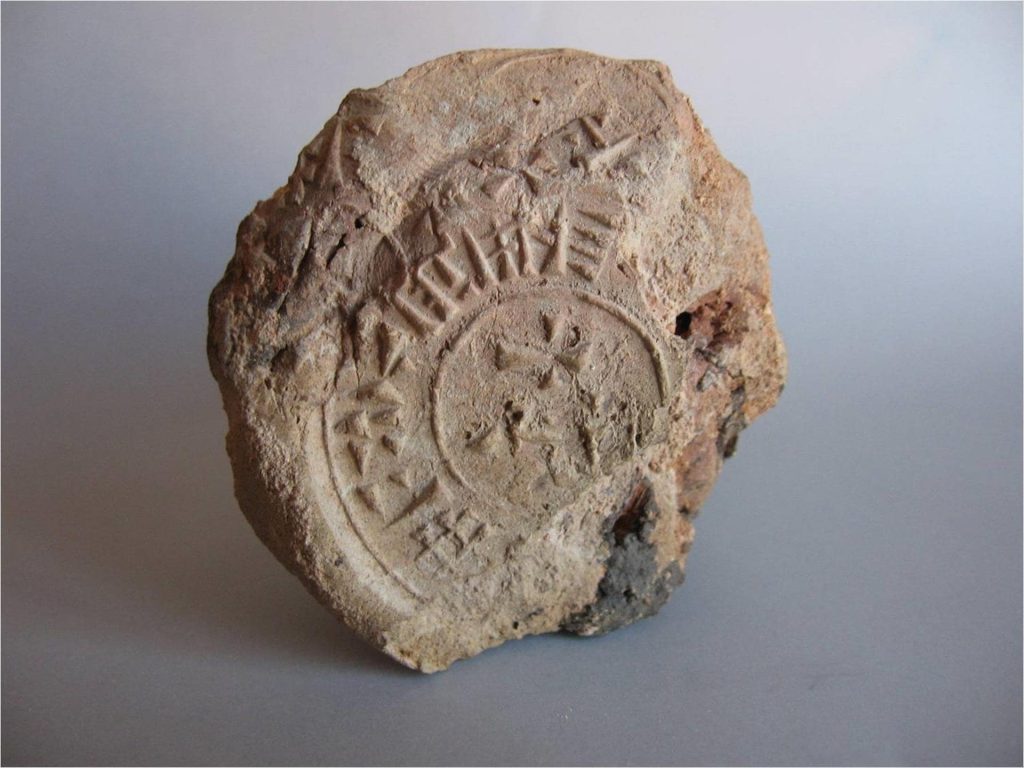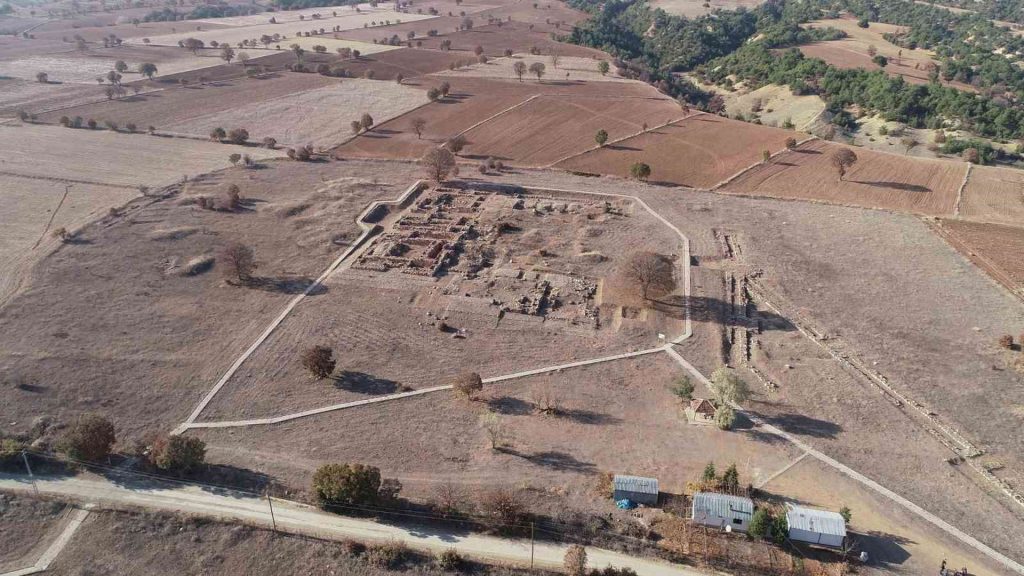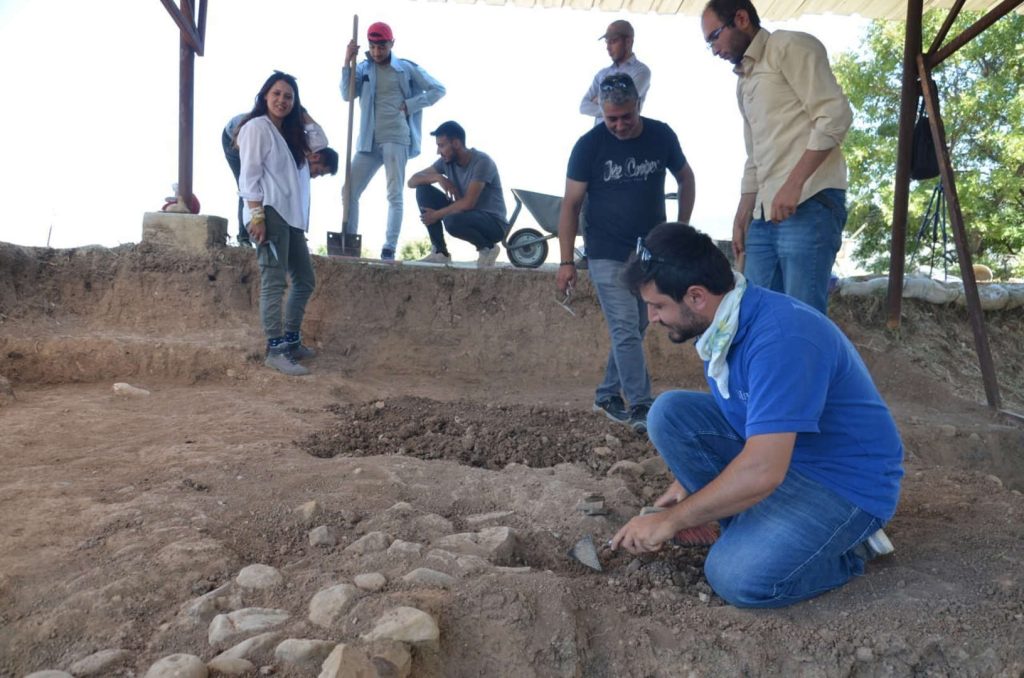
Archaeologists are trying to find the source of the catharsis water mentioned in the Hittite cuneiform tablets in the excavations at Şapinuva
Archaeologists are attempting to discover the source of the sacred water used in purification rituals mentioned in the cuneiform tablets left by the Hittites, who established the first centralized state in the Bronze Age Anatolia, through excavations at Şapinuva.
Şapinuva, located in the province of Çorum in Turkey, was not only established as the capital for the Hittites but also held significant religious and military importance.
It is known that in Şapinuva, where the second largest archive of cuneiform tablets after Hattusa is located, King 2nd Tuthaliya and his spouse Taduhepa, ruled along with the royal family.
The archives of Şapinuva contain around five thousand cuneiform tablets and fragments. Alongside those written in Hittite, the archive houses administrative, religious, military, and divinatory texts in Hattic, Hurrian, and Akkadian languages.

Şapinuva excavation work, initiated in 1990 by Prof. Dr. Aygül Süel and Dr. Mustafa Süel, has been led by Dr. Öğr. Üyesi Önder İpek on behalf of Hitit University after the year 2021.
Dr. Murat Aydın said “the deputy head of the excavation, stated, “At one point, Şapinuva served as the capital of the Hittite Empire and has the second largest archive of cuneiform tablets after Hattuşa.”
Aydın said, “When examining the tablets, we observed letters, religious texts, rituals, and information about Hurrian religious rituals. The emergence of these texts shed light on a relatively obscure period during the Middle Hittite period. With the unveiling of these texts, a previously unclear era has become somewhat clearer. During this time, King 2nd Tuthaila and his wife Taduhepa ruled the Hittite Empire from Şapinuva. Şapinuva was a capital of the Hittite Empire for a period. In addition to its religious significance, it held importance as a capital. We gather this information from the cuneiform tablets. Prof. Dr. Aygül Süel has contributed numerous publications in this field. Correspondences exist not only within the Hittite realm but also with states such as Egypt, Northern Syria, and Western Anatolia. These have added new information to history and altered what was previously known. For example, prior to the discovery of Şapinuva, it was sought more towards the Hurrian region, somewhat closer to the south. With its discovery, both geographically and in relation to other cities mentioned alongside it, Şapinuva’s position has been elevated.”

Dr. Murat Aydın emphasized that in the Boğazköy tablets, there is information about the distribution of water from the 7 sacred springs in Şapinuva to the Hittite world. He said, “Alongside the excavations in Şapinuva, research continues into the possible locations of the 7 sacred springs mentioned in the tablets. We have identified a few potential points. Apart from being a capital, Şapinuva holds religious significance. Similar to Jerusalem or Mecca, it was a sacred city for the Hittites. The waters from the sacred springs mentioned in the tablets were used in mouth-cleansing rituals and repentance rituals. Therefore, their flow from here and distribution throughout the Hittite world is highly important. We have sacrificial pits. Foreign scholars once stated that finding sacrificial pits here was impossible. However, Prof. Dr. Aygül Süel and Dr. Mustafa Süel refuted this notion by finding archaeological evidence for these sacrificial pits. Many studies have been conducted on these sacrificial pits. Additionally, the information in the texts aligns perfectly with the structure and contents of the sacrificial pits mentioned in the texts.”

Aydın further explained that the religious mission of Şapinuva continued even after its role as a capital, stating, “In later periods, we find references to Şapinuva’s two ‘storm deities’ in treaty texts, for instance. We also encounter these references in the Ortaköy documents alongside the Boğazköy tablets. We are continuing to introduce innovations to the Hittite world.”
Source IHA
You may also like
- A 1700-year-old statue of Pan unearthed during the excavations at Polyeuktos in İstanbul
- The granary was found in the ancient city of Sebaste, founded by the first Roman emperor Augustus
- Donalar Kale Kapı Rock Tomb or Donalar Rock Tomb
- Theater emerges as works continue in ancient city of Perinthos
- Urartian King Argishti’s bronze shield revealed the name of an unknown country
- The religious center of Lycia, the ancient city of Letoon
- Who were the Luwians?
- A new study brings a fresh perspective on the Anatolian origin of the Indo-European languages
- Perhaps the oldest thermal treatment center in the world, which has been in continuous use for 2000 years -Basilica Therma Roman Bath or King’s Daughter-
- The largest synagogue of the ancient world, located in the ancient city of Sardis, is being restored











Leave a Reply